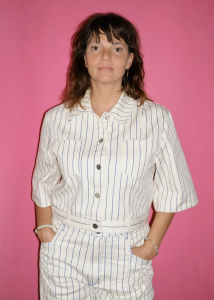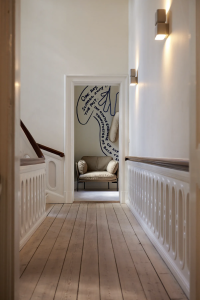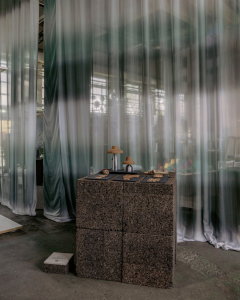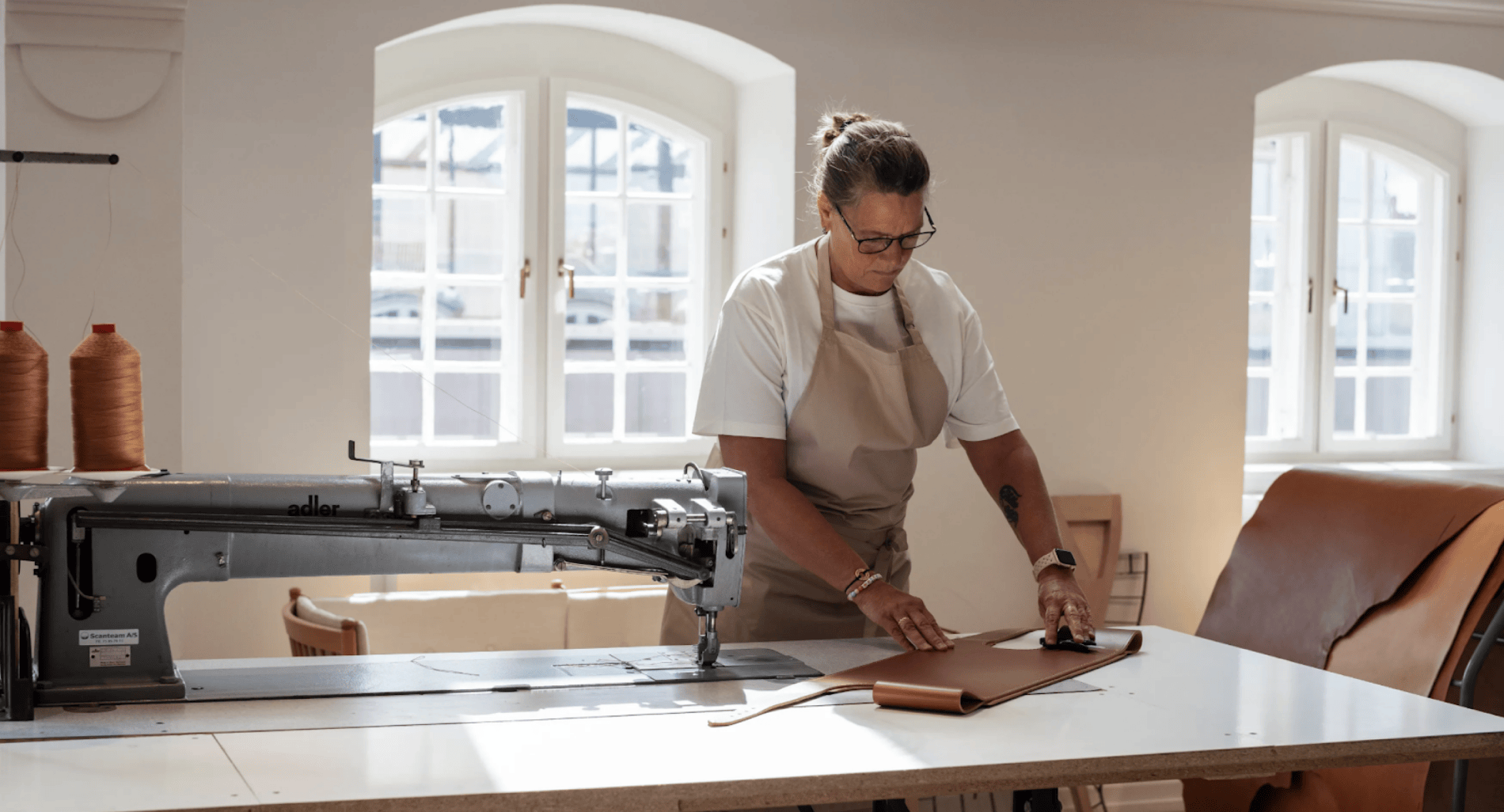Signe Byrdal Terenziani, CEO of 3daysofdesign, has recently been named one of the 50 most influential women in design and architecture globally by Dezeen. Signe Terenziani has dedicated her career to unifying the design community and supporting emerging talents.
3daysofdesign is a platform of global exposure for both emerging and established designers. It is an exclusive festival that’s inclusive of everyone. A meeting place, where creatives and consumers can discuss, debate, network, and knowledge-share. United as a community to champion design as a catalyst for positive change.
Unlike other design festivals, 3daysofdesign is not a commercially driven venture, as such. Instead, it’s more about storytelling than selling. It’s about passion, applauding talent, celebrating creativity, and connecting with like-minded souls who see the potential of design to help make the world a better place.
Our aspiration is to arm our creative community with knowledge. To design purpose-led spaces that don’t just look beautiful, but also have an intentional impact on our behavior, our well-being, and on society as a whole. We go out of our way to support and promote brands and initiatives that challenge the current state of our industry.
Signe Byrdal Terenziani, CEO, has since the very beginning of 2013 aimed to create a platform for both emerging and established design brands from Denmark and around the world. Unique concepts that help improve people’s lives and the planet we all share. Visitors have the opportunity to meet the designers shaping the creative landscape of tomorrow; and to see masterpieces by legends who paved the way before them.

Defining moment for Danish design
10 years ago was an exhilarating epoch in Danish design. In the years prior, we had just seen a renewed interest in the mid-century modern design classics bringing them back onto the international stage.
The rising interest in Danish design paved the way for a new generation of Danish design brands such as Muuto, &Tradition, and Hay creating new designs with the classic Danish design principles, infused with contemporary elements and materials, and most importantly much more accessible.
Denmark has always advocated the democracy of design, these brands just took it to the next level. The new generation of Danish design brands also challenged our cultural heritage by stating that good design was not only a few classics from the 50s and 60s. They took Danish design values such as durability, simplicity, craftsmanship, fondness for materials, and innovation along with social consciousness; and created new designs, with a fresh appeal, that people wanted and could afford all around the world.
Simultaneously, brands started inviting talent from all over the world, including new promising talent from Denmark, to design products. Balancing commercial products and experimental objects for exhibitions and galleries, enabled the freedom to allow creative ideas to thrive. This way of working between brands and designers – supporting new talent – allowed Danish design to continue to surprise and impress beyond our traditional design heritage.
The enduring design tradition, combined with the healthy competition between business-minded brands, and continuous support for new talent, kept Denmark’s industry solid while recovering from a recession at the time.
Everything you see coming from Denmark draws on this cultural heritage. We celebrate old as well as new, innovative ideas, practices, and production processes, which all contribute to creating well-considered designs intended to elevate our everyday lives. It’s there in our furniture, fashion, food, films, architecture, and other creative arenas. So it’s no coincidence. It’s something deeply rooted in our cultural DNA.

A new design frontier
Today we see a very close Danish design scene that is focused on purpose-led designs, building communities, and creating a positive impact on society as a whole. We see a movement of designers and brands who want to make a difference, and who feel an imperative to co-create a future we can all look forward to.
Design has the ability to influence our mindset, mood, and emotions. From the compelling appeal of a design’s shape, size, color, and material, to interior design concepts conducive to conversation, collaboration, or contemplation. Design informs how we connect with our surroundings, the environment – and each other.
Right now, some of the most prominent directions in Danish design revolve around sustainability, and being consequent about the entire lifecycle of a product. In particular, there is some exciting work being done in the realm of materials. People are experimenting with the physical properties of natural materials, like wood fiber to make textiles, upcycling ocean debris used to design chairs, repurposing coffee grounds for environmentally-friendly cosmetics, etc. In addition to examining the influence that surfaces, textures and multi-sensory experiences have on our emotions and surroundings.
Fortunately, the fast-furniture and mass-production trend has shifted towards a design industry advocating mindful choices demonstrating that brands care about people and the planet. You can see it in more informed decisions from designers choosing nature-based materials leaving a lower impact on the climate, and more inclusive ideas such as designs that bring dignity to the marginalized groups of society.
In the past, aesthetics and functionality were often the primary parameters for a design. Given the increasing concern for the environment, designers are turning their attention to solutions that are also human-centric and planet-friendly.

Looking ahead
The future challenges in design will likely revolve around balancing innovation with ethical considerations, accessibility, and adapting to rapidly evolving technology as well as climate change.
The introduction and advancement of new technologies will push designers to create more seamless and intuitive experiences. As AI becomes more integrated into design processes, designers will need to navigate the use of these tools responsibly considering bias, complex data, privacy, and potential societal and planetary impact.
Designers will be challenged to restructure design systems and explore how we can create more regenerative designs. There’s a growing collective conscience from designers and producers, along with a more conscious consumption by the general public, where sustainable products are a prerequisite for choosing one brand over another.
In the future, we may also have a reckoning with our own personal habits. Do we really need to keep a big house, a kitchen, and a sofa all to ourselves? An inevitable paradigm shift will be needed, if we are to embrace new ideas and ways of living that could improve our lives, distribute resources more equally, and overall encourage a more healthy approach to our planet.
Design can play a pivotal role in safeguarding our future. We continuously encourage creatives to push the boundaries of what’s possible with design to create a more equitable, inclusive, and sustainable world. In that way, we can be ready for the future before it arrives.

* * *
To learn more about 3 Days of Design, connect with them at the digital design conference Design Matters 24 and follow them @3daysofdesign on Instagram.
Don’t forget to check out their…
Linkedin: 3daysofdesign
Website: www.3daysofdesign.dk










